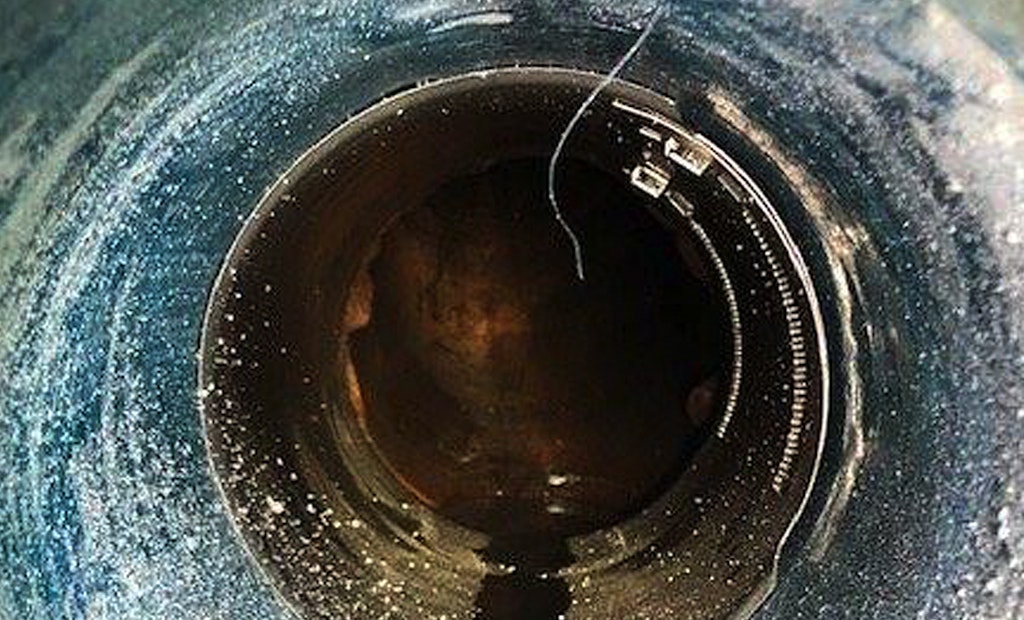Interested in Relining/Rehab?
Get Relining/Rehab articles, news and videos right in your inbox! Sign up now.
Relining/Rehab + Get AlertsDifferent trenchless point repair solutions have different strengths and weaknesses, and each one has differing costs in terms of initial capital and ongoing use. Getting an idea of what different methods require may give you a starting point for choosing the best option for your business.
Option 1: Grout
Grout is one of the oldest options. There are two major types: chemical grout and cementitious grout. Chemical grout is used to fill voids around pipes. When injected into the soil surrounding the lines, resin grout can eliminate infiltration and provide support where bedding has been washed away. Cementitious grout has traditionally been used for infiltration abatement, but it is losing favor due to its rigidity. Cementitious grout cannot handle any shifting of the pipes or surrounding earth without cracking and crumbling. For both types of grout, the injection or application unit requires truck or trailer mounting. Chemical grout can also require expensive curing systems. And, depending on the type of grout you choose to offer, the cost of the grout material itself can quickly add up.
Option 2: CIPP short liner
Another option many cities are choosing is CIPP. There are many end-to-end CIPP installers, but CIPP short liners are gaining popularity as they provide the benefits of CIPP without the cost of relining stable pipe. While CIPP is a solid, reliable repair method, it can require a substantial initial capital investment if you don’t have the equipment already in place for end-to-end work. Necessary components for short liner installation can include an installation packer, a refrigeration truck, bypass pumping equipment and a curing source, such as a boiler or UV light rig. Not every project requires all these pieces, but knowing what type of tools might be needed can be beneficial before starting to invest in a new sewer rehab method.
Option 3: Mechanical point repair
Mechanical point repair uses an inflatable packer to lock a steel sleeve inside the pipe, pressing a rubber seal against the pipe wall and eliminating infiltration and other defects. The initial capital requirements vary for this repair method because they depend on what resources you already have at your disposal.
You need a packer for the pipe size or sizes you intend to support and the sleeves themselves. You also need a crawler system to push the packer into position.
If you already conduct pipeline inspections, the shift is easy. The cost of repair sleeves depends on the diameter, but is minimal compared to other repair methods. Overall, mechanical point repair is a simple, effective method and often requires less spend than other options.
When choosing which method to invest in, consider the jobs and customers you already have. Which repair technology is going to be the most beneficial for them? While you may choose to go with an initially expensive technology, if there is a large need it will pay for itself. If, however, there isn’t a demand for any of these methods, and you’re not confident in your ability to recoup the initial costs quickly, a smaller investment is probably a better choice.
If you’ve decided that mechanical point repair is a service you’d like to add to your business, request an on-site demonstration of Pipeline Renewal Technology’s top-of-industry Quick-Lock technology.
Visit the Pipeline Renewal Technologies Storefront






